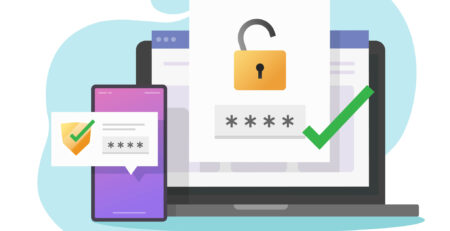Securing Your BYOD Policy: Essential Steps
In the modern business landscape, the Bring Your Own Device (BYOD) policy has become increasingly popular. This approach allows employees to use their personal devices for work-related tasks, offering benefits such as increased productivity and employee satisfaction. However, it also introduces new security challenges. Here are some essential steps to implement a secure BYOD policy.
1. Establish a Clear BYOD Policy
The first step is to establish a clear and comprehensive BYOD policy. This policy should outline the types of devices allowed, the level of access to company resources, and the security measures required. It should also include the consequences of non-compliance.
2. Secure the Devices
Securing the devices used in a BYOD environment is crucial. This can be achieved through mobile device management (MDM) solutions that allow IT administrators to enforce security policies on the devices, such as requiring password protection and encrypting data.
3. Implement Network Security Measures
Implementing network security measures is another critical step. This includes setting up firewalls, intrusion detection systems, and secure Wi-Fi networks. Virtual Private Networks (VPNs) should also be used to ensure secure remote access to the company network.
4. Regularly Update and Patch Devices
Keeping devices updated with the latest software and security patches is essential to protect against vulnerabilities. IT departments should encourage employees to regularly update their devices and may consider automated update solutions.
5. Educate Employees
Employee education is a key component of a secure BYOD policy. Employees should be made aware of the risks associated with BYOD and trained on best practices for securing their devices and protecting company data.
6. Plan for Lost or Stolen Devices
Finally, a secure BYOD policy should include a plan for lost or stolen devices. This could involve remote wiping capabilities to protect sensitive data if a device is lost or stolen.
Implementing a secure BYOD policy requires careful planning and ongoing management, but with these steps, businesses can enjoy the benefits of BYOD while minimizing the security risks.
Remember, a secure BYOD policy isn’t just about technology—it’s also about people and processes. By combining the right tools with a culture of security awareness, you can create a BYOD environment that benefits everyone.











Leave a Reply